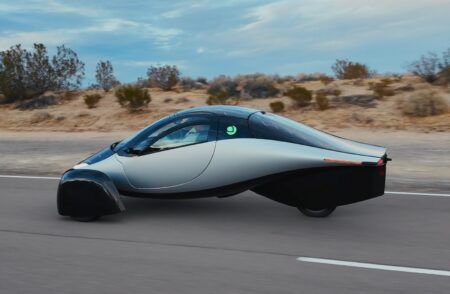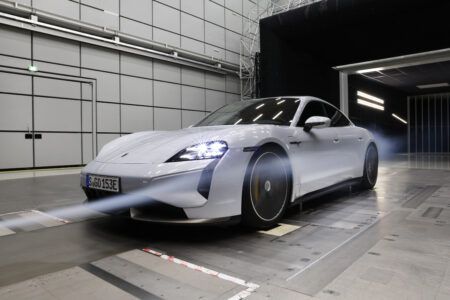The current methodologies used to test electric vehicles could be producing inaccurate range data and be discouraging the widespread adoption of EVs, according to one testing company.
Horiba Mira, an engineering and testing consultancy, has called into question the current way in which EVs are put through their paces and the use of “oudated validation” methods to determine accurate range. The company believes not all real-world driving conditions are taken into consideration, which is resulting in drastic differences in claimed range and actual range, which is the cause of range anxiety.
Horiba Mira has released a white paper on the issue and is urging the UK Government to review current legislation for EVs and revise the temperature range EVs are currently tested and validated against.
The report explains how EVs are currently tested against a slim set of parameters with the majority at one ambient temperature level; 23°C (73°F) – an unrealistic reflection of real-world driving conditions. The result is an inaccurate report on vehicle range, potentially fueling range anxiety amongst motorists therefore reducing the likelihood of adoption.
It goes on to outline how extending the conditions under which EVs are tested could produce more accurate range data; raising the credibility of EVs, ultimately boosting consumer confidence and uptake.
“At present, the use of insufficient range data in real world conditions is playing a part in fueling range anxiety, putting many motorists off making the switch to EVs. Globally, vehicles are tested at just one temperature – one that is considered the ‘optimum’ for vehicle comfort and Lithium Ion batteries – but when you add in air conditioning or heating requirements, additional battery power is required; depleting the published range of an EV at an alarming rate,” said Ben Gale, global solution leader at Horiba Mira.
It issues a call-to-action to the government to expand testing parameters for a true reflection of real-word conditions, which will not only help support the country’s 2050 zero emission efforts, but also lead to great consumer confidence and uptake.
One method in which this could be done is by using advanced simulation. By replicating real world driving conditions it thereby reduces the cost and time associated with additional physical testing.
“By expanding the temperature range and conditions EVs are currently tested and evaluated against, we can produce more accurate range data which allows manufacturers to further optimize the design and cost of the battery; raising the credibility and attractiveness of EVs, thereby supporting adoption and improving the local environmental impact of transport.
“Increasing the number of people willing to switch to EVs will largely depend on a positive change in customer perceptions; particularly in tackling ‘range anxiety’. It is therefore imperative that Government, OEMs and EV manufacturers respond accordingly, to accelerate EV adoption,” Gale added.





